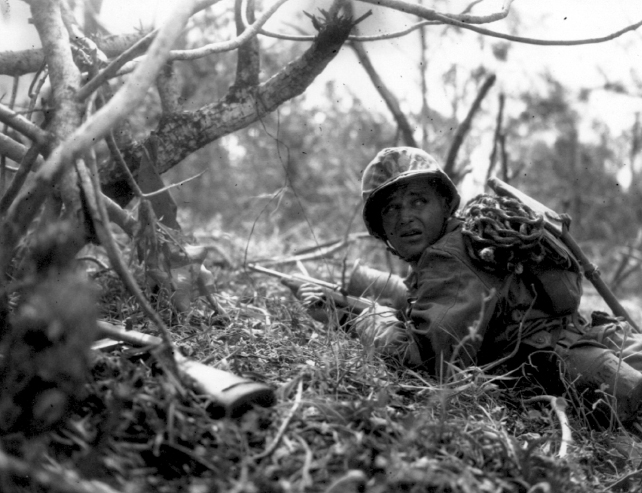How did the Allies turn the tide in Europe and the Pacific?
Printed Page 759

CHRONOLOGY
1942
- – Japan captures the Philippines.
- – Battles of Coral Sea and Midway.
- – U.S. forces invade North Africa.
1943
- – Allied leaders demand the unconditional surrender of the Axis powers.
- – U.S. and British forces invade Sicily.
THE UNITED STATES CONFRONTED a daunting military challenge in December 1941. The attack on Pearl Harbor destroyed much of its Pacific Fleet. In the Atlantic, Hitler’s U-boats sank American ships, while German armies occupied most of western Europe and relentlessly advanced eastward into the Soviet Union. Roosevelt and his military advisers believed that defeating Germany took top priority. To achieve that victory required preventing Hitler from defeating America’s allies, Britain and the Soviet Union. If they fell, Hitler would command all the resources of Europe in a probable assault on the United States. To fight back effectively against Germany and Japan, the United States had to coordinate military and political strategy with its allies and muster all its human and economic assets. Victory over the Japanese fleet at the Battle of Midway, the successful elimination of Germany’s menace to Allied shipping in the prolonged battle of the Atlantic, and the Allied assault on North Africa and then Italy established Allied naval superiority in the Atlantic and Pacific and began to challenge German domination of southern Europe.